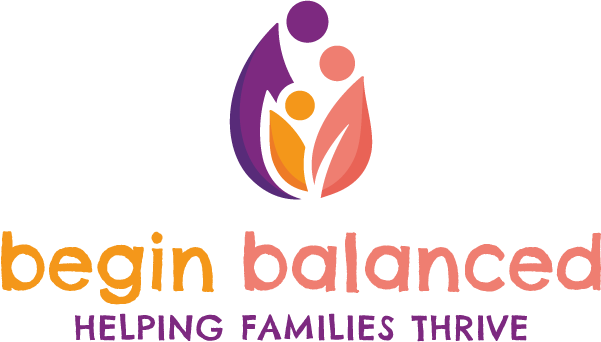Baby Sign Language: decrease tantrums; increase connection
No matter how much child development I know about, it’s still really tough to handle when my child tantrums or cries about something I don’t understand. Now, teaching your baby sign language won’t eliminate these tantrums (sorry!) altogether, but I’m not sure that should be the goal anyway. Tantrums, crying and whining are normal: they’re the only way our little ones have to communicate with us at first!
Baby Sign Language Will:
decrease some crying and whining
improve communication
promote connection between baby and caregivers
help you to understand what your child wants from an earlier age, before spoken language enters
empower you and your child: they can share their wants, needs and thoughts (“dog!” and “ball!” type signs aren’t just for telling you what they want, it’s important to communicate with people things we notice as well I.e. look I see a “ball!”) - commenting on our environment is an excellent way to communicate and learn about the things around us.
Baby Sign Language Will NOT:
eliminate tantrums and crying completely
be super easy and quick for most people
work well unless you are consistent at first
hinder your child’s ability to speak verbally (in fact, it can help that happen faster!)
preparing to sign with a baby
Whether you google baby signs or read a book you will need to a little preparation before you begin.
I like this website’s free dictionary, it’s organized well. I find this book by Lane Rebelo has a nice background:how to to sign ratio; the signs are just the perfect amount for what most people need. She gives good tips to help remember the signs as well. Lane also has a free getting started guide on her website, Tiny Signs, which may be enough for you to get started. She has a small video dictionary of signs as well!
I like physically reading and holding books & I refer to the book above all the time when I’m noticing we have something we do a lot and I would love a sign for. It’s easy to refer to, find signs and it’s just my favorite! I’ve done a lot of research on baby signing books and guides.
Whatever the method, I do recommend getting a bit of background before you start.
A few more tips:
I recommend starting around 3-4 months. Let’s get all that “brand new baby who has so many needs and my brain feels like mush and I just want to sleep” stuff out of the way (at least partially) before adding in another thing to remember.
Start with 3-4 signs from the list below, and commit to using them as much as possible. You child WILL NOT sign back until AT LEAST 8 months, if not later, so this isn’t an instant gratification type of thing.
Don’t beat yourself up if you forget to sign every day, but consistency is key with this. It might even seem silly at first, but stick with it!
Add more signs as they become relevant after you feel like you’ve got the first 3-4 in you “vocabulary.”
Even if they aren’t able to sign back until closer to one, I have noticed that using signs can calm kids down because they can receptively understand (take in the information), even without the ability to sign back.
Example: Around 5 of 6 months, my daughter would be hungry and cry. I would sign for "milk” and let her know I was going to make her bottle or get ready to breastfeed (for us, this took about 5 minutes of propping and pillowing and positioning, so she had to wait). She would calm down because she knew it was coming and this bought me a few minutes of scream-free feeding prep! Later, she was able to tell me she wanted milk by signing it, but that came much farther down the line.
Here are the top 10 starter signs I recommend:
(YouTube, Google Images these signs or read about how to do them in the book I suggest above)
More
All Done
Milk
Eat
Diaper
Book
Ball
Outside
Sleep
Water
Bonus/Nice to have signs:
You can add these later, once you know they’ve gotten the hang of signing a bit. Even if you never use these signs, you’ll be fine. They’re just my next favorite and most functional signs after the ones listed above!
Dog/Cat/Fish
Help
Please
Thank you
Drink
Stop
Hurt
Bath
Clothing (Shoes, Socks, Hat, Jacket are favorites around our house)
Three more notes:
You child may start coming up with their own signs for things, especially if their motor skills haven’t caught up with their signing abilities. Go with it! It’s okay if your family signs water differently than someone else!
Just like with verbal language, once a child figures out that they can sign to get something, they may use that sign for multiple different words! You can respond with the correct sign and get them what they asked for. They’ll get there eventually
Make sure to let all caregivers know the signs your child knows and if they are signing something very differently - that way everyone can enjoy less frustration, better communication and more time to connect with baby!
There are few things sweeter than your child asking for “more” tickles, reading, games, bubbles, cuddles, singing etc. Imagine, if you didn’t teach them how to sign, you might miss out on these small moments to learn their preferences until later on. It does take a little extra work until you get used to the signs, but I don’t know a single parent who has done baby sign language with their baby and regretted it!
P.S. I only link to products I love/use. If you click a link and make a purchase, I may earn a small commission which helps to run this website. Thanks for your support!
